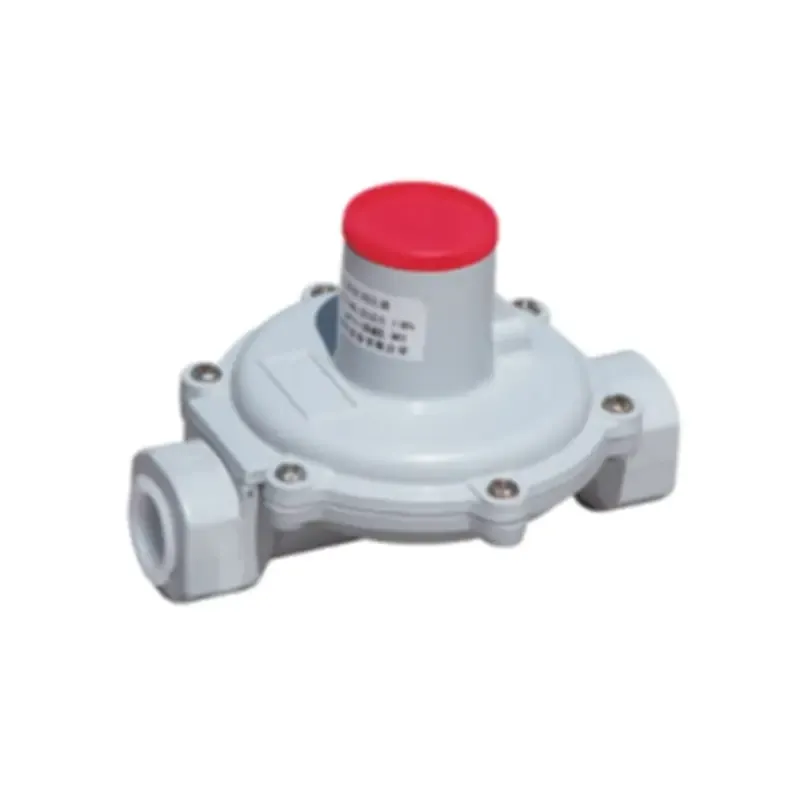
Dec . 03, 2024 18:27
Back to list
natural gas pressure reducing station
Understanding Natural Gas Pressure Reducing Stations
Natural gas plays a pivotal role in the world's energy landscape, powering homes, industries, and vehicles. However, the effective delivery of this vital resource relies heavily on a system of transportation and regulation, one essential component of which is the natural gas pressure reducing station. This article delves into the purpose, design, and operational aspects of these stations, highlighting their importance in the natural gas supply chain.
What is a Natural Gas Pressure Reducing Station?
A natural gas pressure reducing station is a facility designed to lower the pressure of natural gas as it travels from high-pressure transmission lines to lower-pressure distribution systems. High-pressure pipelines are necessary for the efficient long-distance transport of gas. However, when the gas reaches urban or remote areas where consumption occurs, it needs to be reduced to a safer, usable pressure. This is where pressure reducing stations come into play.
The Importance of Pressure Regulation
One may wonder why such a reduction in pressure is necessary. Natural gas is typically transported at high pressures, often exceeding 1,000 psi (pounds per square inch), to ensure efficient flow over long distances. However, if this high-pressure gas were delivered directly to homes and businesses, it could pose safety risks, leading to potential leaks, explosions, and damage to appliances. Pressure reducing stations mitigate these dangers by ensuring that gas is supplied at a safe and manageable level, usually around 3 to 60 psi for residential uses.
Components of a Pressure Reducing Station
Pressure reducing stations consist of several critical components that work together to regulate gas pressure. Key elements include
1. Inlet and Outlet Valves These valves control the inflow and outflow of natural gas, ensuring that the system can isolate and maintain pressure when needed.
3. Filters To protect downstream equipment and consumers, filters are installed in pressure reducing stations to remove impurities and particulates from the gas.
natural gas pressure reducing station

4. Control Systems Modern stations utilize sophisticated control systems, often involving digital technologies, to monitor gas pressure, flow rates, and overall system health. This allows operators to respond quickly to any irregularities.
5. Safety Devices Pressure reducing stations are equipped with safety mechanisms, including pressure relief valves, vents, and alarms, to manage unexpected pressure surges and maintain the safety of the public and infrastructure.
Operational Considerations
The operation of a natural gas pressure reducing station involves continuous monitoring and adjustments. Operators must consider various factors, including demand fluctuations and environmental conditions that might affect gas pressure. Effective management ensures that consumers receive a constant and safe supply of gas, even during peak demand periods.
Moreover, regular maintenance of equipment is crucial for the smooth operation of the station. Routine checks on valves, regulators, and safety devices help prevent malfunctions and ensure the reliability of the gas supply.
Environmental and Economic Impacts
In addition to its safety implications, the efficient operation of pressure reducing stations contributes to the broader environmental and economic context of natural gas usage. By enabling the effective distribution of natural gas, these stations help promote cleaner energy solutions compared to other fossil fuels. Natural gas, when burned, emits less carbon dioxide and fewer pollutants, making it a vital part of the transition to sustainable energy systems.
Moreover, the infrastructure supporting pressure reducing stations creates job opportunities, from construction to maintenance, contributing to local economies. The investment in such facilities ultimately supports the growing demand for natural gas as a transitional energy source as societies move toward renewable energy alternatives.
Conclusion
Natural gas pressure reducing stations are integral to the safe and effective distribution of natural gas. With their comprehensive systems designed to mitigate risks associated with high-pressure gas delivery, they play a crucial role in energy supply stability. As the global energy landscape continues to evolve, these stations will remain a vital part of ensuring that natural gas can be safely and reliably delivered to meet the needs of consumers and industries alike. By understanding their functionality and importance, we can appreciate the complexities behind this essential energy resource.
Latest news
-
Safety Valve Spring-Loaded Design Overpressure ProtectionNewsJul.25,2025
-
Precision Voltage Regulator AC5 Accuracy Grade PerformanceNewsJul.25,2025
-
Natural Gas Pressure Regulating Skid Industrial Pipeline ApplicationsNewsJul.25,2025
-
Natural Gas Filter Stainless Steel Mesh Element DesignNewsJul.25,2025
-
Gas Pressure Regulator Valve Direct-Acting Spring-Loaded DesignNewsJul.25,2025
-
Decompression Equipment Multi-Stage Heat Exchange System DesignNewsJul.25,2025

